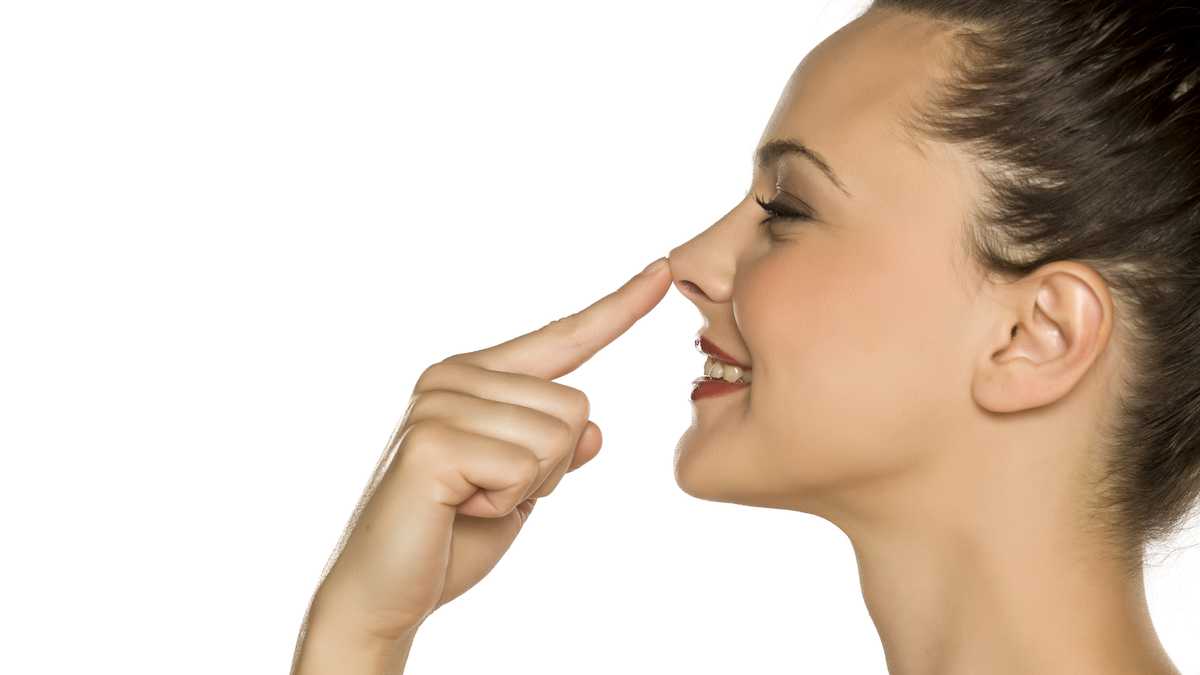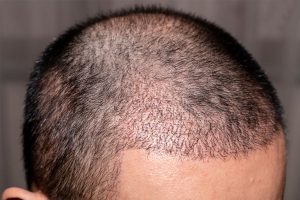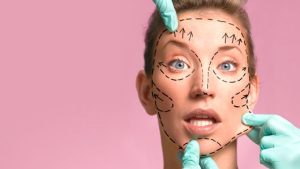you don't like your nose? You are not alone. Rhinoplasty is one of the most frequently performed cosmetic surgeries.. Most people think that a nose job is just a cosmetic procedure whose goal is to change the shape and appearance of a person's nose.. However, rhinoplasty is not exclusively about aesthetics, it can also address structural problems that interfere with breathing, injuries resulting from accidents, malformations... For all this it is normal to wonder: What problems can be treated with rhinoplasty??
dorsal hump
The nasal dorsum is the middle section of the nose., the ridge between the tip of the nose and the root, where the nose meets the forehead. When the bridge of the nose has a lump, it is called a dorsal hump.
With rhinoplasty you can flatten this bulge, creating a smoother, straighter profile line along the bridge. The removal of the dorsal hump is one of the most common reasons for opting for cosmetic rhinoplasty..
Wide nasal bridge or oversized nose
Many patients feel that their nose is too wide for their face.; this imbalance can be corrected by restructuring the bone and cartilage that make up the nose.
A wide nose is often corrected by a technique called an osteotomy., that removes and reshapes part of the nasal bones to reduce that width. The soft tissue of the nose can also be treated to improve the proportionality of the face..
Rhinoplasty can adjust the size of the nose, because it's too small, Too big, too wide or too narrow.
nasal asymmetry
Ideally, if the nose were divided vertically in half it should be identical on both sides. Asymmetry occurs when one side of the nose is different from the other.. A common example of nasal asymmetry is a crooked nose.. While no one has a perfectly symmetrical face, some have more exaggerated asymmetry than others.
The asymmetry is usually caused by a nasal injury or trauma.. Rhinoplasty can repair damage to the nose, creating a more symmetrical and even appearance on the face.
Drooping or bulbous tip
The tip is one of the most visible parts of the nose.. A refined and well-shaped nasal tip can improve the appearance of the face. Patients who want to modify this part of the nose either because they have a bulbous tip (when the tip of the nose is rounded) or because they have a dropped tip (when the tip falls down).
Although the patients are usually of all kinds of races, the intervention of the nasal tip could be defined as an ethnic rhinoplasty.
For example, we commonly see drooping tips in patients of Arab or Middle Eastern descent and bulbous nasal tips in patients of African descent. Y, while there is absolutely nothing wrong or inherently unattractive about any particular shape or attribute of the nose, we are happy to help those patients who feel they need a change in their face.
Problems of the nasal passages that are finished with rhinoplasty
The prominent or flared appearance of the nostrils can be reduced through rhinoplasty.. In many cases actually, the nostrils are not the problem.
A patient may feel that their nostrils look out of place, but the disproportion may lie in the size or shape of the bridge or tip of the nose. Modifying these areas can balance the nostrils to achieve patients' aesthetic goals without actually modifying the nostril.
Changing the shape of the nostrils requires complex surgery; rhinoplasty incisions are usually placed inside the nose, but surgery of the nostrils requires incisions on the outer edge of the nostrils (are hidden in the natural folds of the nose).
flat nose
When the nasal bridge is not defined, the nose seems to fade into the face and there may be little definition between the cheeks and the nose.
A well-developed bridge makes the nose more visible and adds beauty to the face.. A qualified surgeon can reconstruct the structure of the nose using implants, cartilage grafts or reshaping the nasal bone.
deviated septum
The septum is the cartilage that runs down between the nostrils.. It should be located in the center so that each air passage is approximately the same size.
The septum may be displaced to one side due to a tear or other injury, or be due to congenital problems. With the correction of this deviation, the airflow in the patient is improved..
broken nose, one of the problems that are treated with rhinoplasty
Repairing damage after breaking your nose is the most common non-cosmetic reason for rhinoplasty. The procedure may involve reshaping cartilage or resetting broken nasal bones..
Por lo general, the intervention focuses on respiratory function and not on maximizing aesthetics (corrective rhinoplasty).
Source: The Luxonomist







